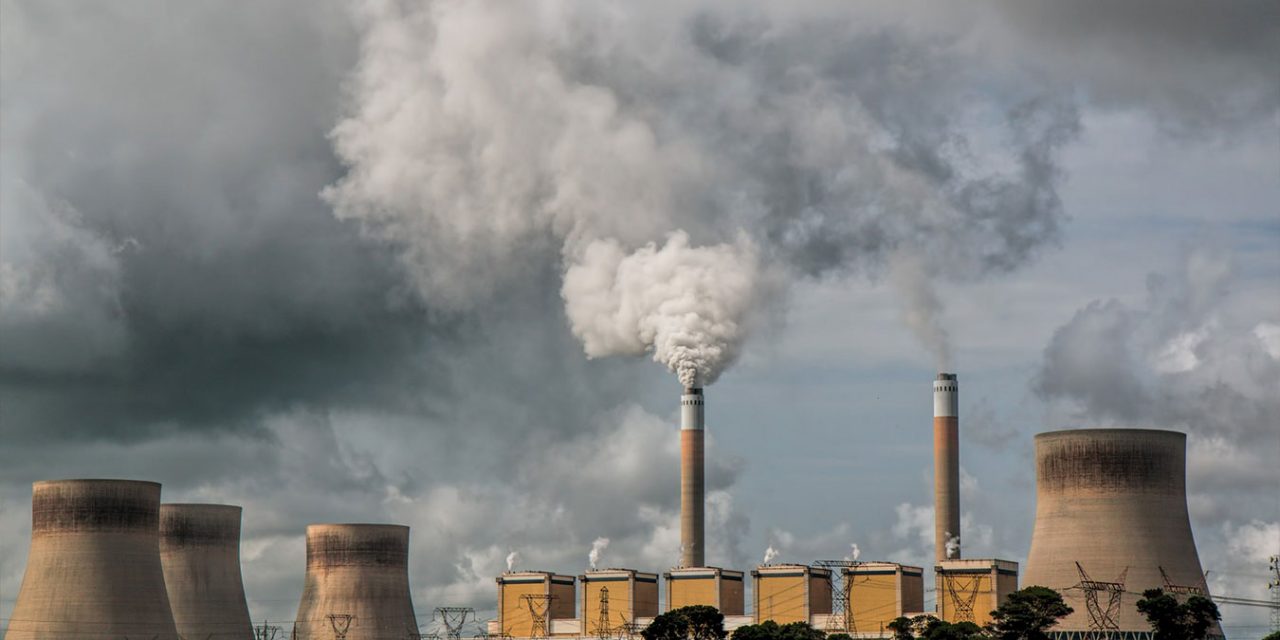Coal: The Biggest Culprit Coal-fired power stations were the biggest single contributor to the rise in global carbon emissions in 2018 and emissions continue to rise year on year. Scientists have warned that unless emissions fall by half over the next decade then the climate crisis will rapidly escalate with millions of people affected by drought, floods, and poverty. “It has now been 10 years since the G20 committed to phasing out fossil fuel subsidies, yet astonishingly some governments are actually increasing the amount they give to coal power plants,” said Ipek Gençsü, a research fellow at ODI and lead author of the report. According to the Powering Past Coal Alliance, coal-generated electricity must be phased out completely by 2050 in order to limit global heating to below 2C. Coal currently provides about 40% of the world’s electricity, but because new coal-fired power plants have a life of about 40 years, building them now could lock countries into using them beyond the time by which they must be phased out. Despite the dire warnings, coal subsidies continue in many countries because of powerful coal lobbies and political considerations of governments who are in effect kicking the can down the road for future generations to deal with. Coal subsidies are continuing even though the coal industry has been in terminal decline for years. Investments in the actual number of coal-fired power stations in the world have fallen by 75% between 2015 and 2018. “They are just kicking the can down the road. The money would be much better channelled to managing the [low carbon] transition and setting an end date,” said Ivetta Gerasimchuk from the International Institute for Sustainable Development and co-author of the report.]]>
- Why is California So at Risk from Wildfires? - 13th November 2019
- Carbon Offsetting is Growing but Does it Make a Difference? - 11th November 2019
- Three Confirmed Dead as Australia Prepares for “Catastrophic” Bushfires - 11th November 2019






